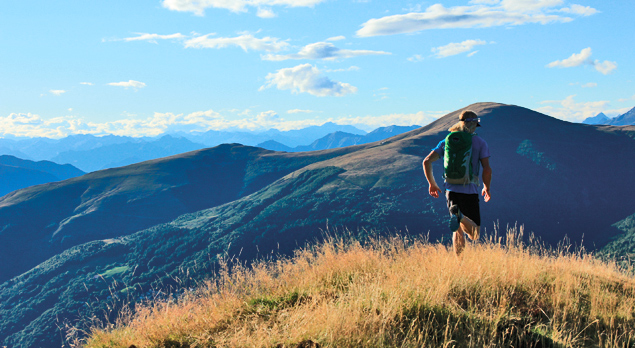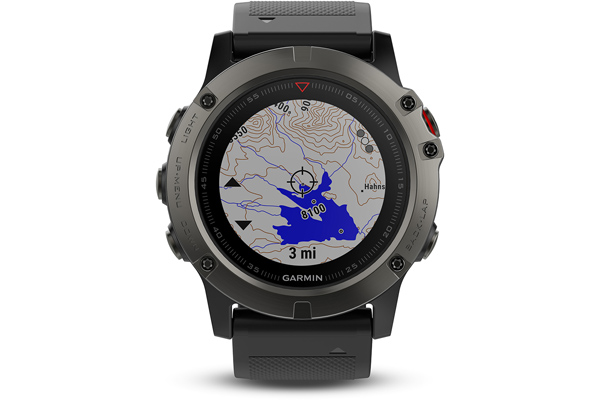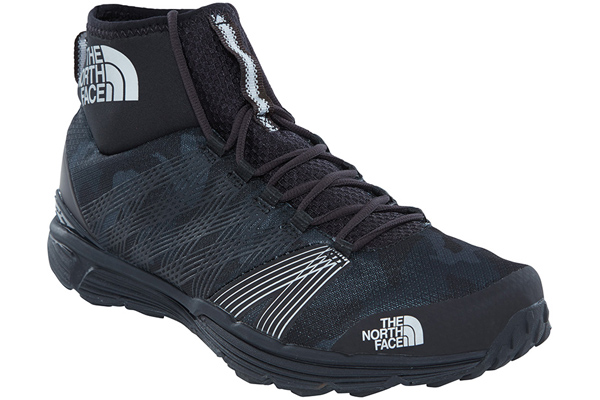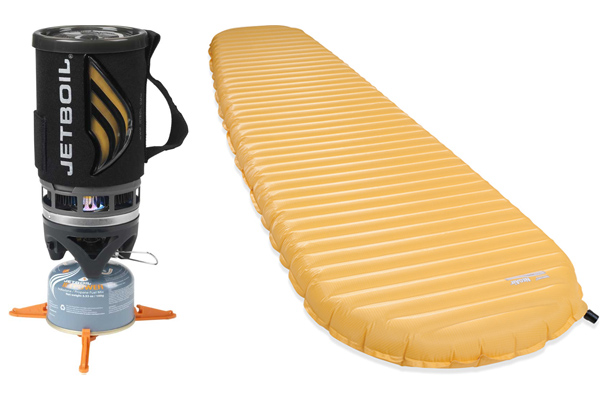How to Pack Light on the Trail


Packing for a few days on the trail can sometimes be a challenging experience. If you take too little will you find you've left an essential piece of kit out, if you pack too much will you need it all, or will it just weigh you down and restrict your enjoyment?
We asked Nigel Williams, Head of Training at Glenmore Lodge for his top tips on packing light when you're heading off the beaten track...
- "The old adage that if you have a large rucksack you will fill it remains true. There can be a balance between weight and comfort. Something around 30L – 35L is good for summer day walks, consider the weight of the sac on its own, they vary considerably and you can add a kilo on your back before you start. However another truism in the outdoor kit world is that you should not buy a piece of kit in isolation. If all your kit is in the heavy weight league then a very light pack is likely to be uncomfortable. Another common error of not checking kit compatibility is saving weight by buying items such as waterproof trousers with minimal side zips. Check you can get them on without taking your boots off before you buy. "
- "Regularly review what you have carried and virtually never used or could have improvised anyway, and leave it out. If you have a regular walking partner try to avoid doubling up on equipment such as pen knives, first aid kit, GPS etc."

- "Cutting weight makes journeying in the hills more comfortable, more enjoyable and in some senses safer as one can travel quicker and for less energy. Anyone who has done a mountain marathon will rarely go back to their previous days of boots, and heavy weight equipment etc. However the secret to going lightweight is to keep moving. So if you head out light weight with a group who want to stop regularly, admire the views, chat and move at a very gentle pace in the hills you risk getting cold and miserable.
- Fell running shoes and ankle gaiters are probably one of the most significant ways to reduce weight, wet feet will be a feature but you can then enjoy stream crossings and muddy paths without a care. Light shoes carry less water and will dry quicker than boots. The lack of ankle support is perhaps something you learn to cope with through training and as most people carry poles these days extra support is available anyway. Heavier footwear may be better if expeditioning with a heavier rucksack of camping gear at least. Get used to fell shoes on day walks first."

- "If you are happy drinking water on the hill it is rare to be more than 30 minutes from a stream particularly in Scotland. A litre of water weighs a kilogram so carrying a mug and scooping water is much lighter than a thermos or water bottle. However in some generally lower UK hill areas with grazing ground, carrying a water purifying system may be wise and still lighter and less bulky than carrying an empty flask. In hot weather though a water bottle as well should be considered."
- "If you are camping then there are lots of weight savings to be made and whilst you can go for a tarp instead of a tent, or bubble wrap instead of a sleeping mat, security and comfort often lead us to carry that bit extra. When camping it is not just about weight either but bulk often comes into it. Thermarest Neo Air sleeping mats really are at the forefront of lightweight sleeping mats. If you are going solo there is a good range of small tents available these days and a Jetboil cooker is a really impressive item of kit."

"With all of this in mind, it is important to have a flexible approach to match the forecast, terrain, and group make up, but there are definitely weight savings we could all make. "
Glenmore Lodge are Scotland's National Outdoor Training Centre and a key partner of Ellis Brigham. Book onto one of their courses today to grow your outdoor skills www.glenmorelodge.org.uk






